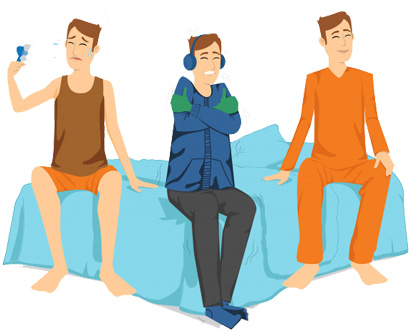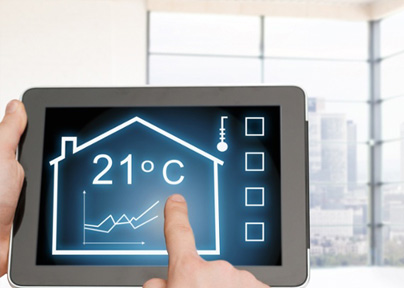Thermal Comfort Monitoring
In so many buildings there are always complaints from the occupants about overcooling or overheating in some rooms. The thermal comfort level in the room that the occupants feel is different from person to person and depends on many factors as listed below:
- The clothes that the persons wear.
- The temperature set point in the air conditioning system controller.
- Space humidity.
- The building envelop and proximity of occupants to external walls or facade.
- The type and adjustment of supply air diffusers (draughts and/or the "dumping" of cold/hot air on occupants will lead to complaints of discomfort even when space temperature is acceptable)
- The energy-efficient culture of the occupants.
However, in so many cases, the discomfort happens from a malfunction in the air conditioning system.
AESS provides a service to monitor the thermal comfort conditions inside the room and compare it to the comfort conditions that should provide human comfort as per the international standards to assess the air conditioning system operation and find any drawback in it is functionality.
AESS uses temperature/relative humidity data loggers to monitor the supply air conditions and the room air conditions and analyse them over a period of time to identify any air conditioning malfunction. A report will be prepared at the end of the study with recommendations to improve the thermal comfort inside the room.

